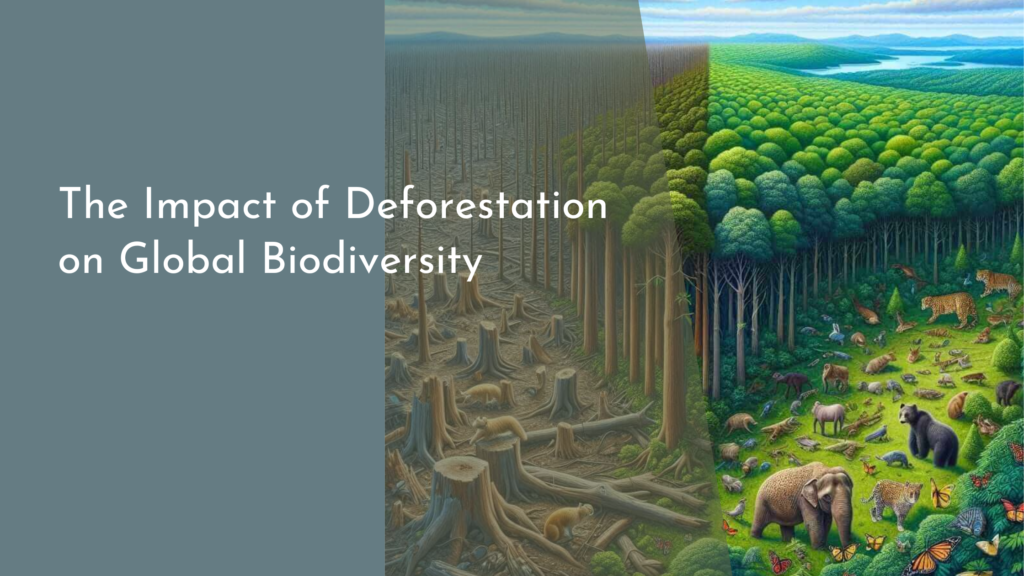The Connection Between Water Harvesting and Biodiversity
In recent years, the concepts of water conservation and biodiversity preservation have gained significant attention, with increasing awareness of how these two crucial elements are intertwined. Water harvesting has emerged as a vital strategy not only for addressing water scarcity but also for promoting the health and diversity of ecosystems. By capturing and storing rainwater, water harvesting systems can provide a sustainable water source that supports both human activities and the natural environment. This article explores the fascinating connection between water harvesting and biodiversity, elucidating how these practices contribute to a thriving planet.
Understanding Water Harvesting Systems
Water harvesting systems are designed to capture, collect, and store rainwater for later use. These systems come in various forms, ranging from simple rain barrels connected to downspouts to more complex systems like underground cisterns and surface runoff ponds. The primary goal of water harvesting is to maximize the efficiency of rainwater use, reducing reliance on conventional water sources. In agricultural settings, these systems can be crucial in maintaining crop health during dry spells, while in urban areas, they help reduce stormwater runoff, minimizing flooding risks and soil erosion.
The design and implementation of water harvesting systems are highly adaptable, allowing them to be tailored to specific geographical and climatic conditions. For example, in arid regions, systems may emphasize maximizing collection from infrequent rainfalls, while in areas with seasonal monsoons, strategies might focus on storing large volumes of water for use throughout the year. By understanding local water cycles and environmental needs, communities can create effective water harvesting solutions that not only meet human demands but also support local ecosystems.
The Role of Water Harvesting in Nature
Water harvesting plays a crucial role in nature by enhancing groundwater recharge and maintaining soil moisture levels. By capturing rainwater, these systems allow water to seep into the ground slowly, replenishing aquifers and stabilizing water tables. This process supports vegetation growth, which in turn provides habitat and food sources for various wildlife species. Moreover, healthy vegetation cover can prevent soil erosion, ensuring that ecosystems remain productive and resilient to environmental stresses.
In addition to its direct impact on soil and vegetation, water harvesting can positively affect local weather patterns. By increasing the availability of moisture, these systems can contribute to higher humidity levels, potentially leading to more frequent and consistent rainfall. This feedback loop helps sustain regional ecosystems, as consistent precipitation patterns support diverse plant and animal life. Ultimately, water harvesting becomes a vital tool in maintaining the delicate balance of natural processes and promoting environmental stability.
How Water Harvesting Boosts Biodiversity
Biodiversity thrives in environments where water availability is consistent and reliable. Water harvesting helps create such conditions by ensuring that ecosystems have a steady supply of water even during dry periods. With more reliable water sources, plants can grow more robustly, providing shelter and food for a wide variety of animal species. In turn, these animals play crucial roles in pollination, seed dispersal, and maintaining ecological balance, promoting a rich tapestry of life.
Furthermore, water harvesting systems can create new habitats for aquatic species. Ponds and cisterns can become thriving micro-ecosystems, supporting insects, amphibians, birds, and even small mammals. These water bodies serve as breeding grounds and feeding areas, attracting a diverse array of wildlife and increasing local biodiversity. By incorporating water harvesting into land management practices, communities can encourage the development of vibrant ecosystems that support a wide range of species.
Conclusion: A Brighter Future for Our Planet
Water harvesting presents an exciting opportunity to address the dual challenges of water scarcity and biodiversity loss. By capturing and utilizing rainwater efficiently, these systems provide a sustainable water source that benefits both human communities and the natural environment. As we continue to face the impacts of climate change, adopting water harvesting practices can play a pivotal role in building resilient ecosystems and promoting biodiversity.
The connection between water harvesting and biodiversity highlights the intricate web of life that sustains our planet. By recognizing and enhancing these relationships, we can create a brighter future for all living beings, ensuring that our planet remains vibrant and full of life. With thoughtful implementation and widespread adoption, water harvesting can lead us toward a more sustainable and harmonious existence with nature.


